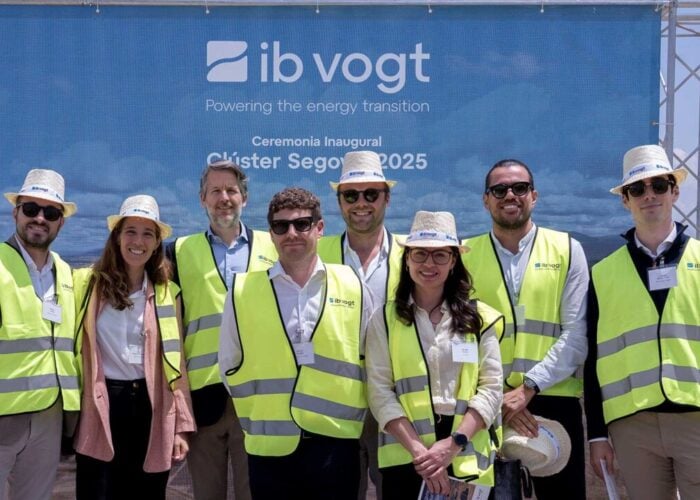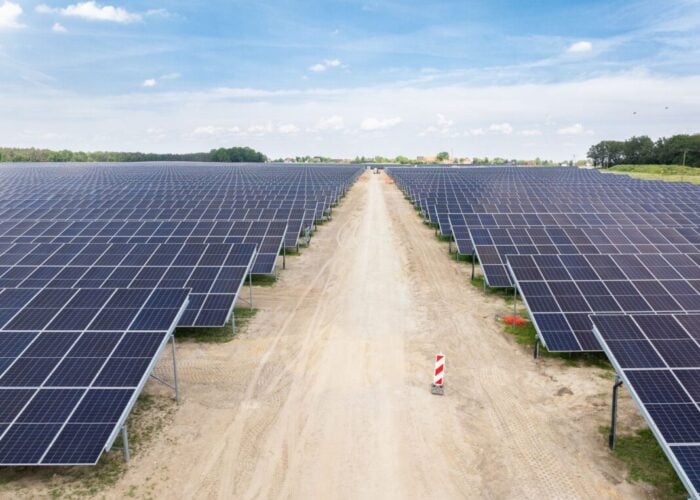During
the Intersolar exhibition held last week in Munich, Germany, SCHOTT
Solar announced plans to accelerate the capacity targets of its
parabolic trough technology (Concentrated Solar Power) by the end of
2009 to approximately 1GW, and also announced a target of 1GW of annual
capacity for PV production by 2012.
“We consider solar power plants to be one of the most important alternatives with which to secure future energy supplies,” commented Dr. Martin Heming, Managing Director and CEO of the SCHOTT Solar GmbH. “They are already able to provide entire cities with electricity, as successful examples in the USA have shown. Projects of comparable scope are being realized in Spain. In addition, solar power plants can be combined with fossil fuels or biomass sources of energy. This ensures a dependable power supply with a high proportion of solar power. SCHOTT Solar recognized the potential of CSP at an early stage and aligned its strategy accordingly. By combining all of the solar know-how of the SCHOTT corporation at the SCHOTT Solar GmbH, we are able to achieve even greater impact, while strengthening our profile as an integrated and globally active solar corporation.”
Unlock unlimited access for 12 whole months of distinctive global analysis
Photovoltaics International is now included.
- Regular insight and analysis of the industry’s biggest developments
- In-depth interviews with the industry’s leading figures
- Unlimited digital access to the PV Tech Power journal catalogue
- Unlimited digital access to the Photovoltaics International journal catalogue
- Access to more than 1,000 technical papers
- Discounts on Solar Media’s portfolio of events, in-person and virtual
SCHOTT Solar said that by the end of 2008 it expected to double capacity at its recently opened receiver tube plant in Aznalcóllar, Spain by adding a second production line. This will be further enhanced with the production of receivers at its Albuquerque, New Mexico plant in 2009.
On the thin film side, SCHOTT Solar said that it plans to increase its production capacity for thin film modules from 33MW to nearly 100MW over the next few years at its facility in Germany. The company also expects its crystalline PV business to increase capacity at multiple sites.
“With our production locations in Europe and the USA we have, in our view, a local presence in the major markets for solar technology,” commented Heming. “In our opinion, the production of receivers and solar power modules must take place in the proximity of the regional target markets. The reason for this is primarily one of logistics. It is more cost efficient – and, as an add-on, uses less CO2 – than transporting final products over large distances.”







